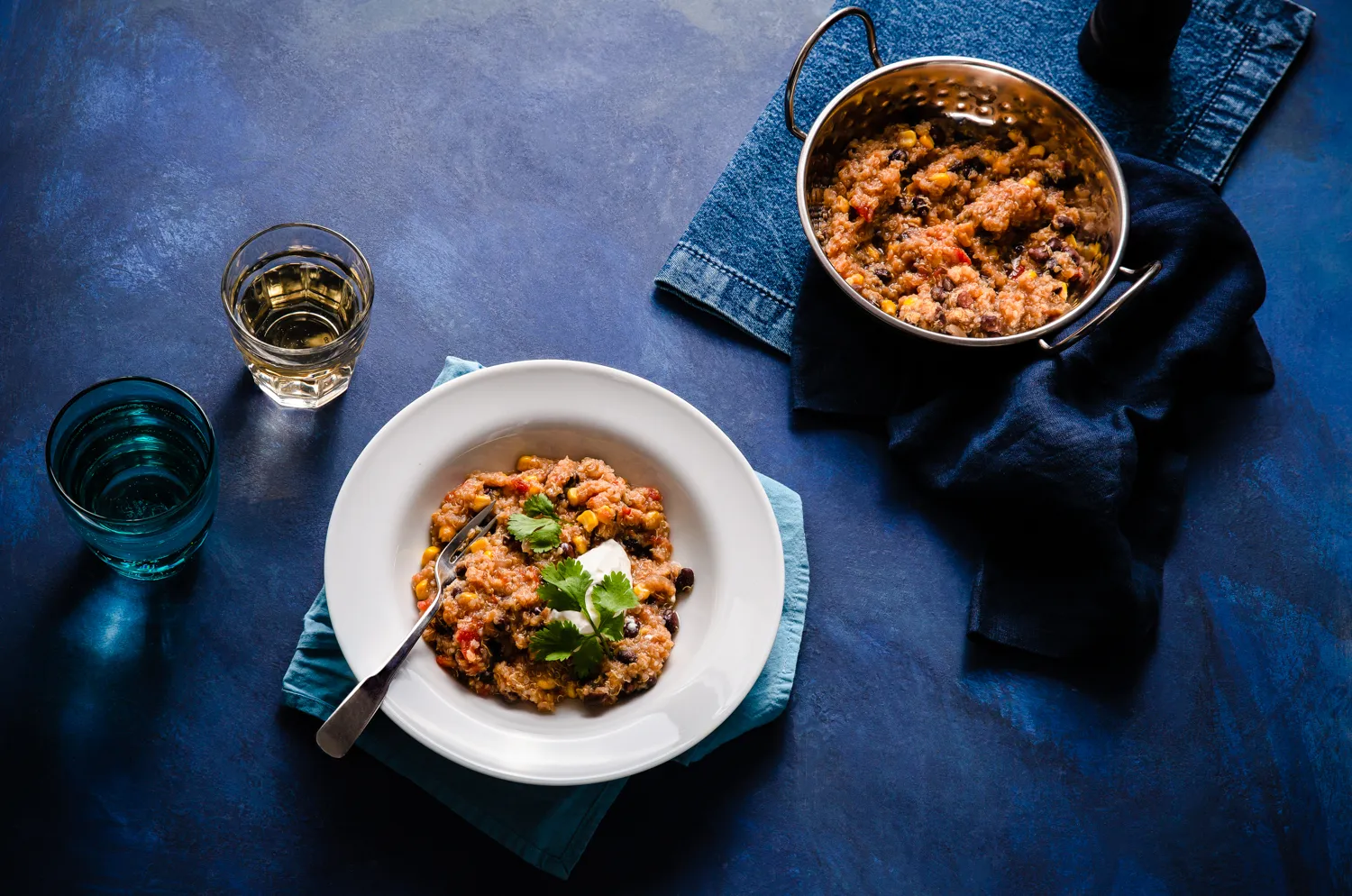Lighting Techniques for Food Photography
Food photography is a visual language, and light is the artist’s vocabulary. It’s the magic ingredient that transforms a plate of everyday food into a mouthwatering masterpiece. The right lighting setup can make all the difference, highlighting textures, enhancing colors, and creating a mood that ignites cravings and has viewers reaching for their phones to order takeout (or dive headfirst into the kitchen!). So, aspiring food photographers, let’s unlock the secrets of light and embark on a delicious lighting adventure!

Natural Light: Nature’s Soft and Flattering Glow
Natural light is widely considered the holy grail of food photography. The soft, diffused light of a window on an overcast day bathes your food in a natural and inviting glow. This even lighting is perfect for capturing the true colors and textures of your dish. Experiment with different angles – sidelighting creates depth and dimension, highlighting textures like crispy crusts and glistening sauces. Front lighting emphasizes vibrant colors and creates a clean, minimalist look. Remember, harsh midday sun can cast unflattering shadows, so plan your shoots for mornings or evenings, or find a shaded area outdoors.
Diffusers are Your Friends: Banish Harsh Shadows
Even the beautiful natural light can sometimes create harsh shadows. This is where diffusers come in – they act like a giant softbox, scattering the light and creating a softer, more even illumination. A sheer white curtain hung behind your window can be a simple DIY diffuser. Commercial diffusers offer more control over the light spread, allowing you to achieve a specific look. Diffused light is perfect for capturing delicate details and creating a dreamy, ethereal mood for your food photography.
Bounce Flash for Beautiful Fill Light:
If natural light is limited, or you need more control over the lighting, bounce flash can be your savior. By bouncing the flash off a wall or ceiling, you create a soft, diffused light that fills in shadows and brightens your scene without creating harshness. This technique is particularly useful for low-light situations or when photographing food on dark backgrounds. Experiment with the angle of the bounce flash to achieve the desired effect – a straight-on bounce creates a more even light, while bouncing the flash off to the side can add a touch of drama and dimension.
Continuous Lighting: Consistent Illumination for Experimentation
Continuous lighting setups, like studio strobes or LED panels, offer a high degree of control over the light. This allows you to experiment with different lighting setups and achieve a variety of effects. You can use continuous lighting to create dramatic shadows, separate your subject from the background, or mimic natural light. The consistent light output of continuous lighting also allows you to see how the light interacts with your food in real-time, making it easier to fine-tune your setup.
Light Painting: Add a Touch of Magic
For a truly unique and creative approach, consider light painting. This technique involves using a handheld light source, like a flashlight or LED wand, to “paint” light onto your scene during a long exposure. Light painting allows you to add highlights, create dramatic shadows, or even write messages directly onto your food. It’s a fun and experimental technique that can add a touch of magic to your food photography.
Experimentation is Key: Find Your Light
The world of food photography lighting is vast and exciting. Don’t be afraid to experiment with different techniques, natural and artificial light sources, and modifiers like diffusers and reflectors. Practice shooting in different lighting conditions and see how they affect the overall look and feel of your photos. Remember, there’s no one-size-fits-all approach – the best lighting for your food photography depends on the specific dish, the mood you want to create, and your personal style.
So, grab your camera, gather your favorite ingredients, and get ready to illuminate your culinary creations! With a little practice and exploration, you’ll master the art of food photography lighting and transform your everyday meals into drool-worthy masterpieces.